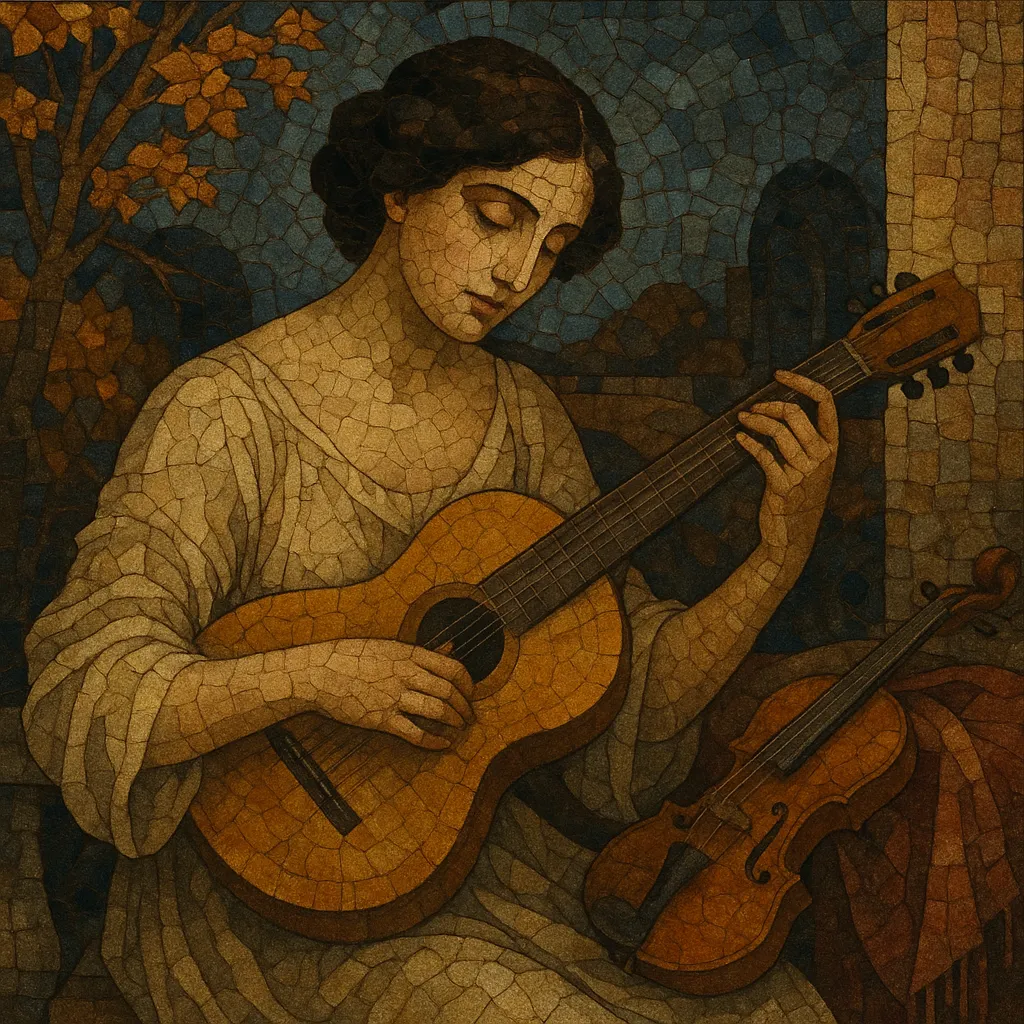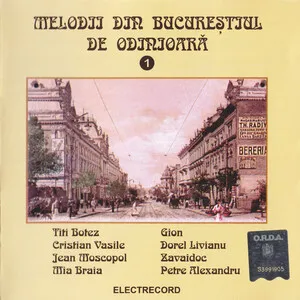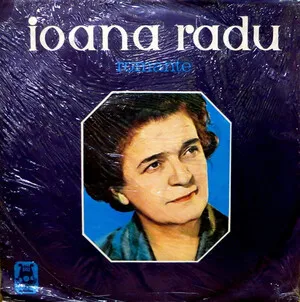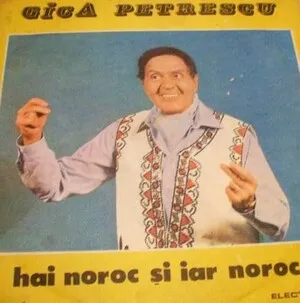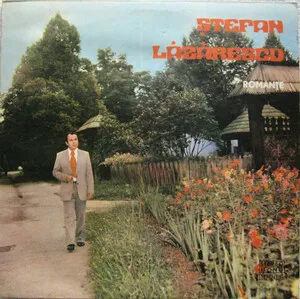Romanţe (singular: romanţă) is a Romanian urban salon song tradition characterized by lyrical, sentimental melodies and poetry-centered storytelling. Emerging in the 19th century, it blends European salon aesthetics with local lăutar (Romani/Romanian urban folk) performance practice.
Typically slow to moderate in tempo and often cast in waltz-like 3/4 or a gentle 4/4, romanţe highlight expressive vocals, rubato phrasing, and ornamental melodic lines. Accompaniments range from guitar and violin to piano, accordion, and cimbalom, creating an intimate, chamber-like texture.
Texts revolve around love, longing, autumnal imagery, night, and memory, using refined, literary language. The form is commonly strophic with a recurring refrain, allowing the melody to serve as a vehicle for nuanced emotional shading.
Romanţe crystallized in Romanian urban centers (notably Bucharest and Iași) in the 1800s. The genre drew from European salon traditions and the broader Romantic era’s taste for intimate, affective song, while integrating local performance idioms of lăutari and the poetry of Romanian literary circles. Printed sheet music and parlor performance culture helped standardize its form and spread it among the middle classes.
By the early 1900s and especially during the interwar years, romanţe flourished in cafés, music halls, and on radio and gramophone records. Singers refined a bel canto-inflected delivery, with waltz-tempi, careful diction, and expressive rubato. This period produced many of the genre’s enduring standards and iconic interpreters, bridging salon elegance with the immediacy of urban popular taste.
After World War II, romanţe remained visible through state media, stage programs, and dedicated festivals. A landmark was the establishment in 1968 of the "Crizantema de Aur" (Golden Chrysanthemum) festival in Târgoviște, which formalized the genre’s repertoire, fostered new compositions, and recognized outstanding interpreters. The festival became a crucial institution for safeguarding and renewing the style.
Following 1990, romanţe benefited from renewed heritage interest. Archival reissues, academic research, and live revivals by celebrated interpreters kept the tradition alive. Today, romanţe persist as both a performing art and a songwriting model, sustaining a bridge between art song refinement and urban popular sentiment.

